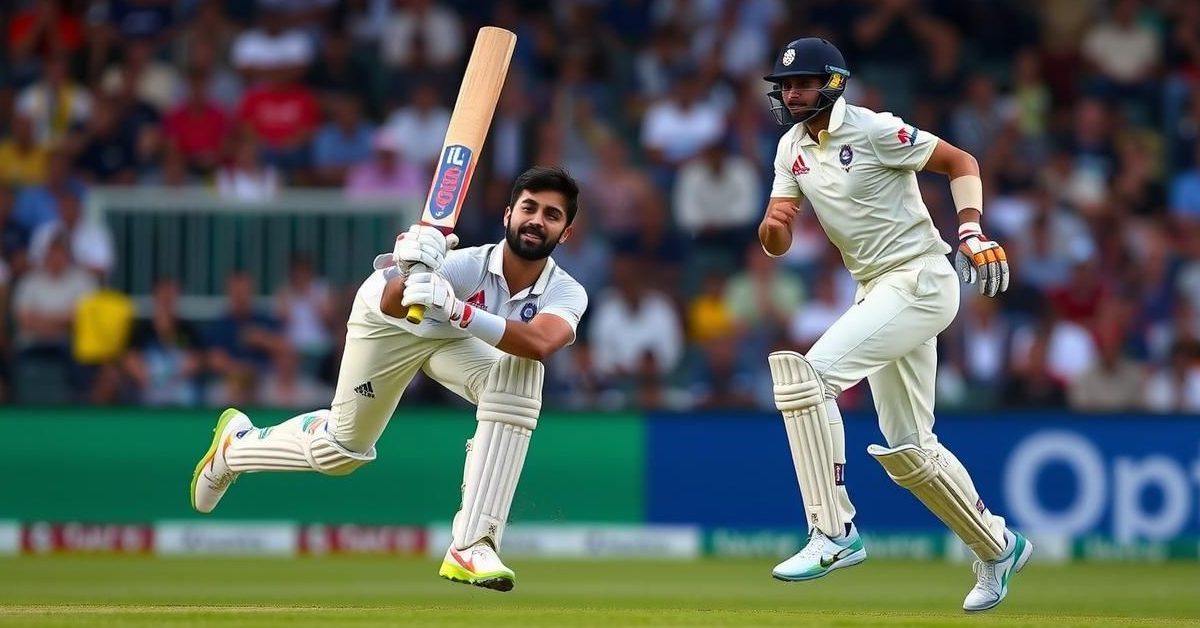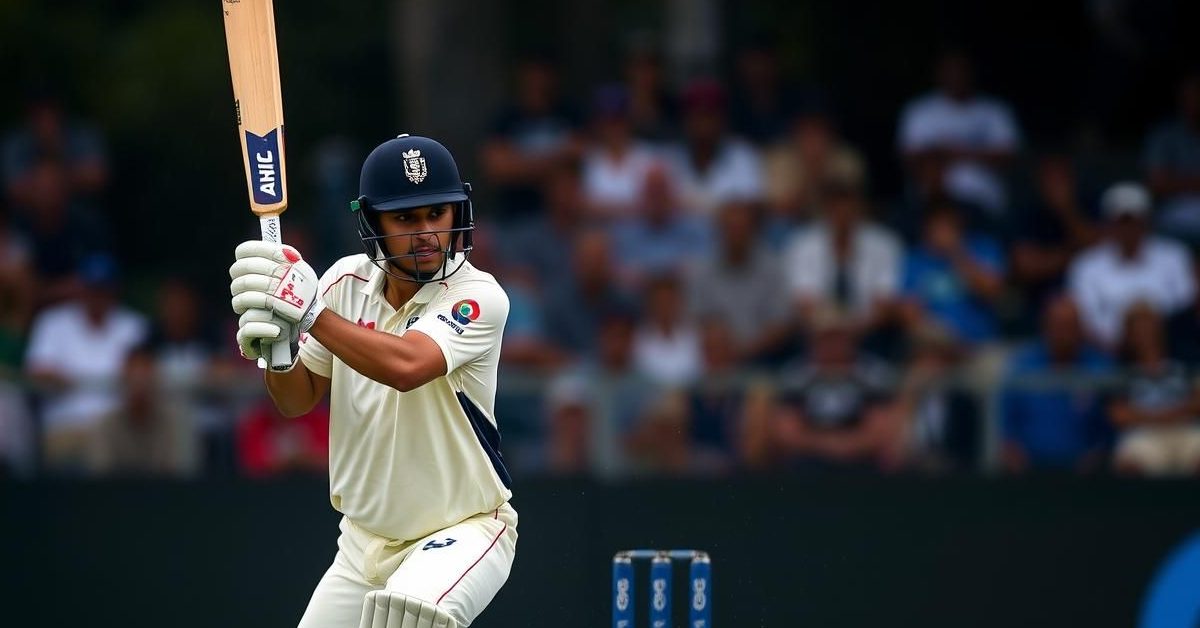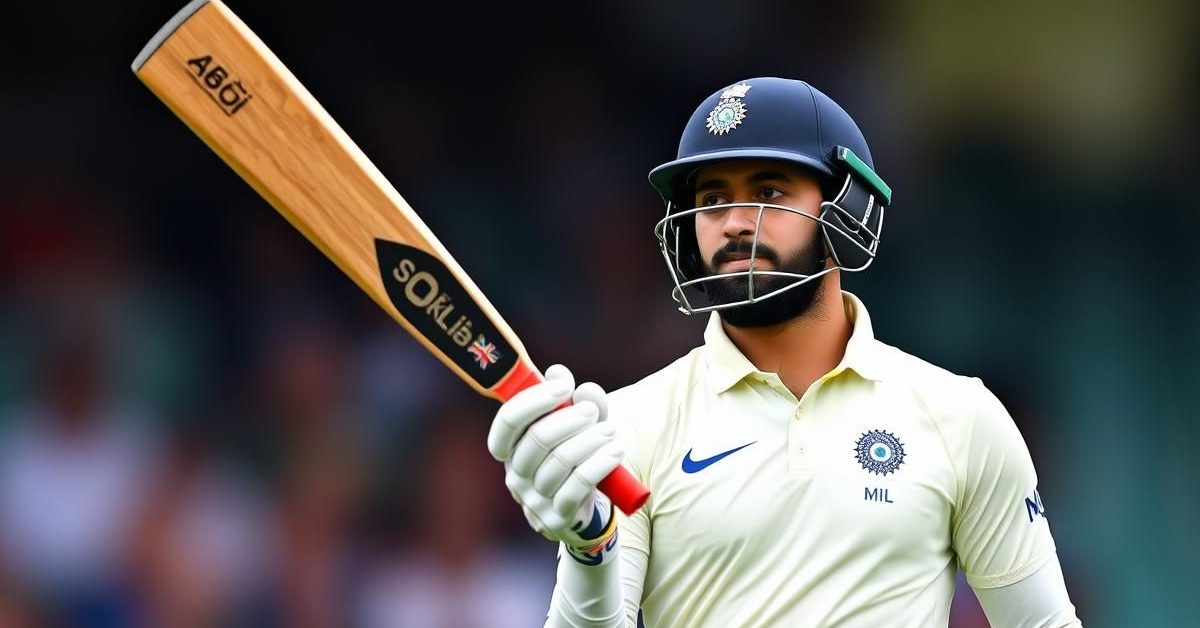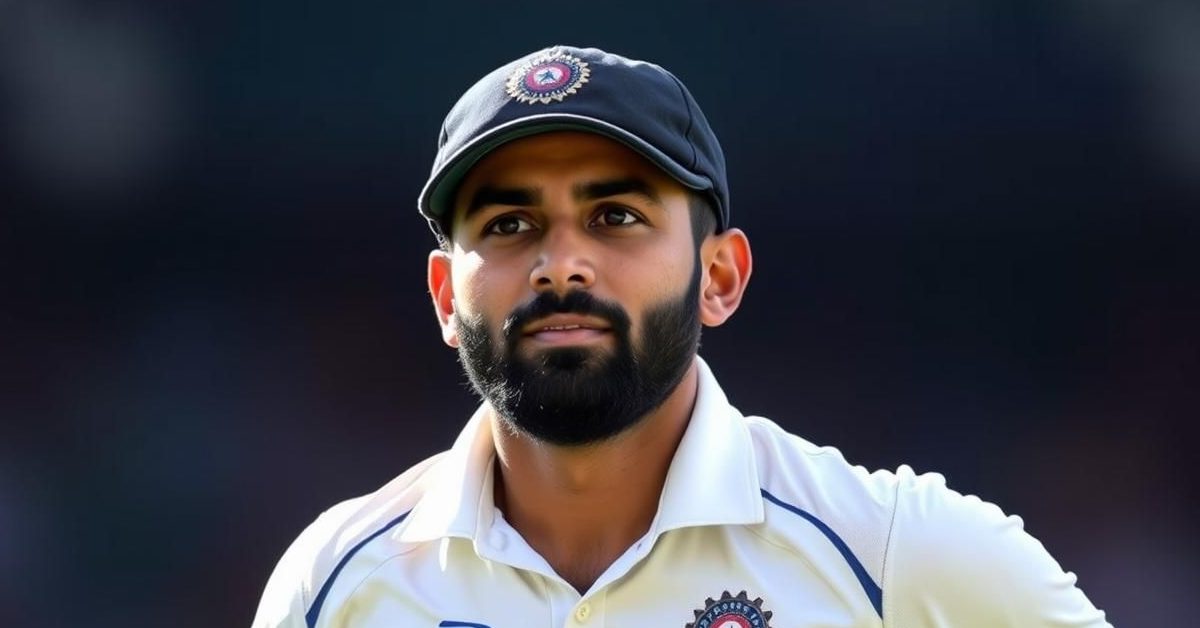The echoes of India’s surprising Test defeat to England at Headingley, Leeds, still reverberate, particularly after the hosts astonishingly chased down a formidable 370-run target in the fourth innings. While immediate focus often zeroes in on the bowlers during such heartbreaks, a seasoned voice from within India’s cricketing pantheon, Ravichandran Ashwin, has stepped forward with a compelling counter-narrative, shifting the spotlight squarely onto the batting line-up.
Ashwin, the prolific former India off-spinner and the nation’s most successful wicket-taker in the World Test Championship era, expressed his dismay at the post-match commentary. He observed a pervasive tendency among experts to exclusively dissect the failures of the Indian bowlers, overlooking the broader context of Test cricket, especially in English conditions.
The Unjust Scrutiny on India’s Bowling Attack
Speaking candidly on his personal YouTube channel, Ashwin reflected on the aftermath of the Leeds Test. “Once 370 was chased down, I felt the commentary devolved into a diss against the Indian bowlers,” he stated. He lamented the narrative that singularly blamed India’s bowling unit for the loss, arguing that a deeper look at historical data would reveal a different picture.
Ashwin highlighted that fourth-innings chases of substantial totals are not uncommon in England. The focus, he argued, should not solely be on how many runs the bowlers conceded, but also on the collective team effort – or lack thereof – that led to such a target being set in the first place.
The Elusive “Daddy Hundreds”: A Call for Batting Accountability
In a pointed critique, Ashwin turned the attention to the Indian batters, urging them to embrace greater responsibility. The Leeds Test, remarkably, saw five individual centuries from Indian batsmen, including a valiant 147 from captain Shubman Gill. Despite these personal milestones, the team’s totals of 471 and 364 proved insufficient.
“Batters should take up responsibility,” Ashwin asserted. “Yes, we had five centurions, but where are the daddy hundreds?” This striking phrase encapsulates his desire for top-order batsmen to convert their centuries into truly monumental scores – those that break the opposition’s spirit and provide an insurmountable buffer. He underscored the grim reality that India’s lower order, particularly the fast bowlers, offers negligible contribution with the bat, placing immense pressure on the specialist batsmen to accumulate massive runs.
Revisiting Test Bowling Fundamentals: Control Over Chaos
Beyond defending the bowlers from undue criticism, Ashwin also offered valuable insights into Test match bowling strategy. He passionately advocated for a renewed emphasis on control and economy, particularly for bowlers operating around spearheads like Jasprit Bumrah. While Bumrah might be granted a higher economy rate due to his unique wicket-taking prowess, Ashwin believes others must prioritize stemming the flow of runs.
“In Tests, I think maidens are quite underrated,” he mused. He disagreed with the sentiment that a bowler like Mohammed Siraj, despite bowling well, could afford a high economy rate simply by being “unlucky” not to get wickets. Ashwin posits that consistent pressure, built through dot balls and maiden overs, is the true pathway to success in the longest format.
He shared a timeless cricketing adage: “Bowl three maidens, and you will get a wicket.” This philosophy, he argued, holds especially true against an aggressive side like England. Allowing two runs an over, in Ashwin’s view, can be as effective as a maiden against such a free-scoring lineup. He suggested that an astute bowling coach, perhaps a figure like a hypothetical Morkel, would guide bowlers to prioritize control, understanding that wickets are often a consequence of relentless pressure, not just aggressive intent.
A Veteran’s Plea for Strategic Evolution
Ashwin’s commentary serves as a crucial introspection point for Indian cricket. It’s a veteran’s plea for a more holistic understanding of Test match dynamics – where batting heroism isn’t just about individual centuries, but about building impregnable totals, and bowling success isn’t solely measured by wickets but by the relentless application of pressure and disciplined control. His words echo a call for strategic evolution, urging both batsmen and bowlers to refine their approach for sustained success in the challenging arena of Test cricket.














